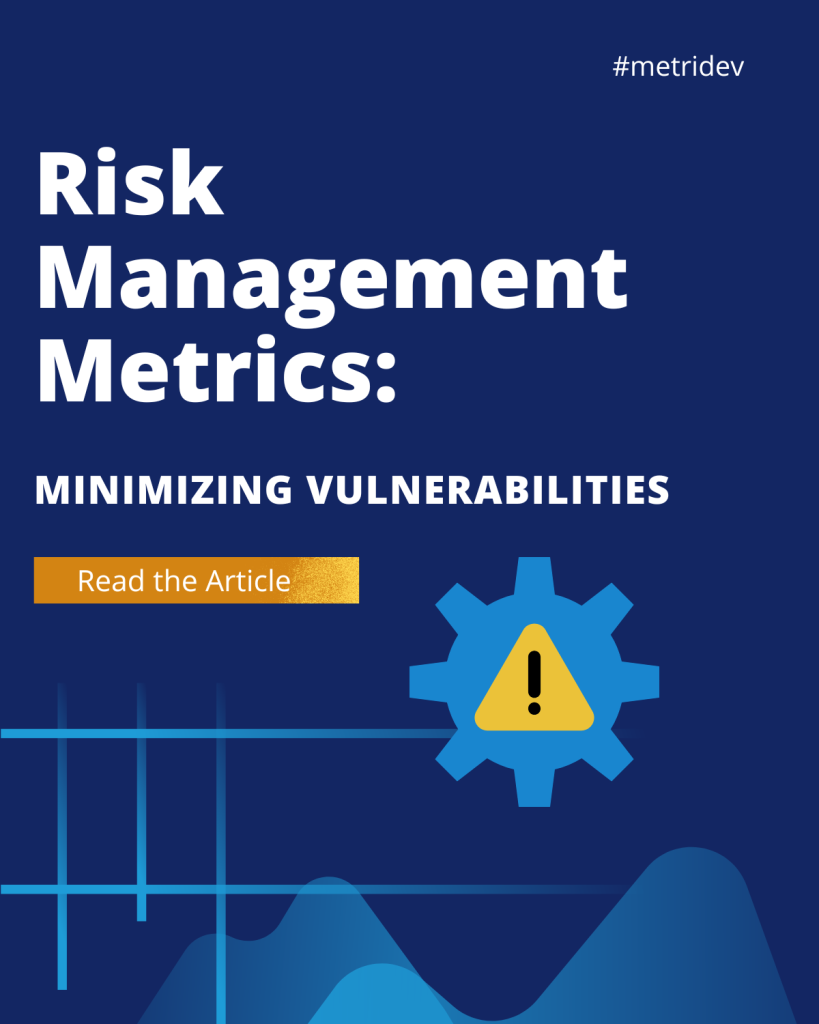Introduction to Developer Workflow
In the dynamic world of software development, the efficiency of a developer’s workflow can make all the difference in delivering high-quality code on time. A well-structured and optimized workflow can streamline the development process, enhance collaboration, and ultimately drive project success. This article delves into the key components of an effective developer workflow, exploring the best practices and strategies that can help software professionals master the art of efficient software development.
What is Workflow in Software Development?
Workflow in software development refers to the series of tasks, processes, and tools that developers utilize to plan, create, test, and deploy software applications. It encompasses the entire lifecycle of a software project, from ideation to deployment and maintenance. An efficient workflow ensures that developers can work seamlessly, minimize bottlenecks, and deliver value to end-users in a timely and consistent manner.
Importance of an Efficient Software Development Workflow
An efficient software development workflow offers numerous benefits to both individuals and organizations. Firstly, by streamlining the development process, it can significantly increase productivity. A well-designed workflow helps developers focus on the task at hand, reduce time spent on administrative tasks, and optimize their time management. Moreover, such a workflow enhances collaboration. Effective workflow processes promote better communication, code sharing, and team coordination, leading to more cohesive and productive development teams.
Additionally, it improves code quality. By incorporating best practices like code reviews, automated testing, and continuous integration, teams can identify and address issues early in the development cycle, resulting in higher-quality software. Furthermore, an efficient workflow reduces costs and risks. It can minimize the risk of project delays, budget overruns, and technical debt, ultimately leading to cost savings and more successful project outcomes. Lastly, a robust workflow facilitates scalability. It can adapt to the changing needs of a growing organization, enabling developers to handle increasing workloads and project complexities effectively.
How to Develop a Workflow Process
Developing an effective workflow process for software development involves several key steps:
To optimize the software development workflow, it is crucial to follow several key steps. First, understanding the development lifecycle is essential. By analyzing the different stages of the software development lifecycle, such as planning, design, development, testing, and deployment, one can identify areas for improvement. Next, identifying pain points is necessary. Gathering feedback from developers, project managers, and stakeholders helps pinpoint the bottlenecks, inefficiencies, and challenges within the current workflow. Furthermore, defining workflow objectives is critical. Establishing clear goals and objectives for the workflow, such as improved collaboration, faster time-to-market, or reduced technical debt, sets a clear direction for enhancements. Additionally, implementing workflow best practices is important. Incorporating proven methodologies, such as Agile, Scrum, or Kanban, optimizes the workflow.
Moreover, leveraging workflow tools can make a significant difference. Utilizing a range of tools and technologies, such as version control systems, project management software, and automation tools, helps streamline the development process. Finally, it is vital to continuously evaluate and refine the workflow. Regularly reviewing and analyzing the workflow allows for the identification of areas for improvement, ensuring its ongoing effectiveness and adaptability.
What are the 5 Steps of Workflow?
The five key steps of an efficient software development workflow are:
- Planning and Prioritization. Defining the project scope, setting goals, and prioritizing tasks to ensure the development team focuses on the most critical and valuable work.
- Coding and Collaboration. Enabling seamless collaboration among developers, including version control, code reviews, and pair programming, to maintain code quality and consistency.
- Continuous Integration and Deployment. Automating the build, test, and deployment processes to ensure a smooth and reliable software delivery pipeline.
- Testing and Quality Assurance. Implementing comprehensive testing strategies, such as unit tests, integration tests, and end-to-end tests, to identify and address issues early in the development cycle.
- Monitoring and Optimization. Continuously monitoring the application’s performance, identifying and resolving issues, and optimizing the workflow to improve efficiency and productivity.

Agile Development Methodology and its Role in the Workflow
The Agile development methodology has become a widely adopted approach in software development, as it aligns well with the principles of an efficient workflow. Agile emphasizes iterative development, continuous feedback, and adaptability, which are essential for managing the dynamic nature of software projects. By incorporating Agile practices, such as sprint planning, daily stand-ups, and retrospectives, developers can:
- Respond quickly to changing requirements
- Prioritize the most valuable features
- Ensure continuous delivery of working software
- Foster collaboration and communication within the team
- Continuously improve the development process
The Agile framework provides a structured yet flexible approach to software development, which can be seamlessly integrated into an efficient developer workflow.
Setting up an Effective Version Control System
A robust version control system is the foundation of an efficient developer workflow. Implementing a well-designed version control strategy can provide numerous benefits. Firstly, tracking code changes is made seamless, maintaining a comprehensive history of code changes and enabling developers to revert to previous versions if needed. Furthermore, it enables collaboration by allowing multiple developers to work on the same codebase simultaneously, with features like branching and merging.
Additionally, it facilitates code review by streamlining the process and providing a centralized platform for team members to review and discuss changes. Moreover, it improves code quality by enforcing coding standards, commit policies, and identifying potential issues through automated checks and validations. Therefore, choosing the right version control system and setting it up with appropriate workflows, branching strategies, and hooks can significantly enhance the overall developer workflow.
Collaborative Coding and Code Review Practices
Effective collaboration and code review practices are essential components of an efficient developer workflow. By fostering a culture of shared ownership and collective responsibility, development teams can:
- Improve Code Quality. Regular code reviews help identify and address potential issues, bugs, and security vulnerabilities early in the development process.
- Enhance Knowledge Sharing. Code reviews facilitate the exchange of knowledge and best practices among team members, leading to professional growth and skill development.
- Promote Consistency. Consistent coding standards, naming conventions, and design patterns can be enforced through collaborative code review processes.
- Encourage Ownership. By actively participating in code reviews, developers feel a greater sense of ownership and accountability for the codebase.
Implementing best practices like pair programming, pull requests, and code review checklists can help streamline the collaborative coding and review processes, ultimately contributing to a more efficient developer workflow.
Continuous Integration and Deployment in the Workflow
Continuous Integration (CI) and Continuous Deployment (CD) are essential components of an efficient developer workflow. By automating the build, test, and deployment processes, development teams can significantly reduce manual effort. Eliminating the need for manual, error-prone tasks such as building, packaging, and deploying the application. Furthermore, CI/CD accelerates delivery, shortening the time between writing code and getting it into the hands of users, thus enabling faster feedback and iteration. Additionally, these practices improve code quality. Automated testing and validation processes catch issues early, ensuring that only high-quality code is deployed. Moreover, CI/CD pipelines enhance visibility into the development process, allowing teams to identify and address bottlenecks more effectively. Therefore, implementing a robust CI/CD pipeline with tools like Jenkins, Travis CI, or CircleCI can streamline the software delivery process and contribute to a more efficient and reliable developer workflow.
Testing and Quality Assurance in the Developer Workflow
Integrating comprehensive testing and quality assurance practices into the developer workflow is crucial for ensuring software reliability and stability. By incorporating various types of tests, such as unit tests, integration tests, and end-to end tests, development teams can:
- Catch Bugs Early. Identify and address issues early in the development cycle, reducing the cost and effort required to fix them later.
- Maintain Code Integrity. Ensure that new features or changes do not break existing functionality, preserving the overall quality of the codebase.
- Facilitate Refactoring. Comprehensive test suites provide a safety net for developers, enabling them to refactor and improve the code with confidence.
- Improve Deployment Confidence. Automated testing as part of the CI/CD pipeline can give teams the confidence to deploy changes more frequently and with less risk.
Implementing a well-designed testing strategy, along with tools like unit testing frameworks (e.g., Jest, Mocha, Pytest) and end-to-end testing tools (e.g., Selenium, Cypress), can significantly enhance the overall efficiency and reliability of the developer workflow.
Documentation and Knowledge Sharing in Software Development
Effective documentation and knowledge-sharing practices are essential for maintaining an efficient developer workflow, especially in complex, long-running software projects. By prioritizing documentation and knowledge sharing, development teams can onboard new team members more effectively, providing comprehensive documentation to help new developers quickly understand the codebase, architecture, and development processes. Furthermore, these practices facilitate maintenance and support, ensuring that future developers can easily navigate and maintain the application, thereby reducing the burden of technical debt.
Additionally, they enhance collaboration, as shared documentation and knowledge repositories foster better communication and teamwork among members. Moreover, they improve decision-making. Comprehensive documentation and institutional knowledge can inform strategic decisions and prevent the repetition of past mistakes. Strategies like maintaining up-to-date technical documentation, creating wiki pages, and conducting regular knowledge-sharing sessions can significantly contribute to a more efficient and sustainable developer workflow.
Monitoring and Debugging Techniques for Efficient Development
Implementing robust monitoring and debugging practices is crucial for maintaining an efficient developer workflow, especially in production environments. By leveraging monitoring and debugging tools, development teams can:
- Identify and Resolve Issues Quickly. Proactively monitor application performance, identify and diagnose problems, and resolve them before they impact end-users.
- Improve Application Stability. Continuous monitoring and debugging help ensure the reliability and availability of the software, reducing downtime and user frustration.
- Enhance Visibility and Transparency. Provide visibility into the application’s behavior, performance, and health, enabling better decision-making and collaboration.
- Optimize Resource Utilization. Monitor and analyze resource usage patterns to identify opportunities for optimization and cost savings.
Popular monitoring and debugging tools, such as New Relic, Datadog, and Sentry, offer a range of features, including application performance monitoring, error tracking, and log management, to help development teams maintain an efficient and responsive workflow.
Best Practices for Optimizing the Developer Workflow
To optimize the developer workflow, consider the following best practices. Firstly, establish clear workflows and processes by defining and documenting the various stages of the development lifecycle. These include planning, coding, testing, and deployment. Additionally, leverage automation to automate repetitive tasks such as build, test, and deployment processes. This improves efficiency and reduces the risk of human error. Furthermore, encourage collaboration and communication by fostering a culture of open communication, code sharing, and collective responsibility among team members. Moreover, implement continuous improvement by regularly reviewing and refining the workflow. Incorporate feedback from the development team, and adjusting processes as needed. In addition, invest in the right tools by carefully selecting and integrating those that best fit the team’s needs and the project’s requirements.
Prioritize documentation and knowledge sharing by maintaining up-to-date documentation and facilitating knowledge sharing among team members to ensure long-term sustainability. Embrace Agile methodologies, such as Scrum or Kanban, to enhance flexibility, responsiveness, and continuous improvement. Finally, measure and analyze performance by implementing metrics and key performance indicators (KPIs) to track the efficiency and effectiveness of the workflow, using this data to drive continuous optimization. By following these best practices, development teams can cultivate a more efficient, productive, and collaborative workflow, ultimately leading to the successful delivery of high-quality software.
Conclusion: Mastering the Art of Efficient Software Development
Developing an efficient developer workflow is a crucial aspect of successful software development. By understanding the key components, implementing best practices, and leveraging the right tools and technologies, development teams can streamline their processes, enhance collaboration, and deliver software with greater quality and speed.
To learn more about optimizing your developer workflow and mastering the art of efficient software development, read our article Operation Management Engineering: Maximizing Success.









Leave a Reply